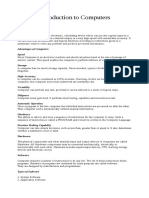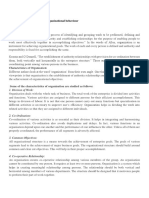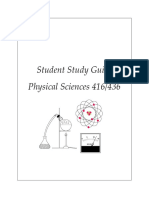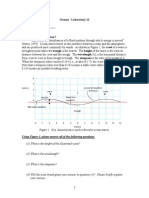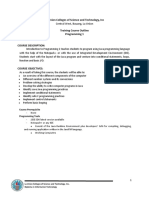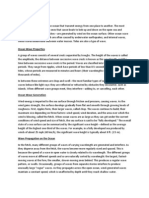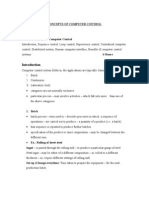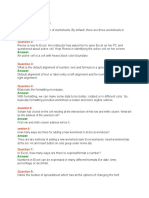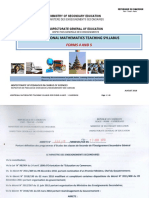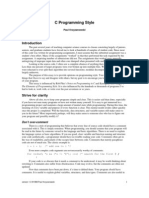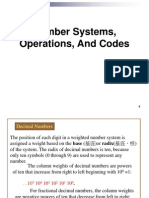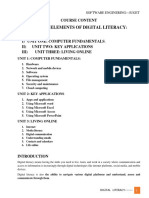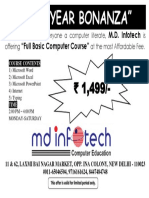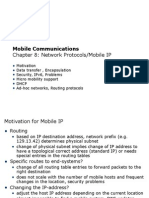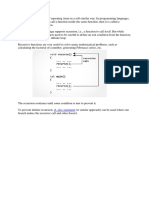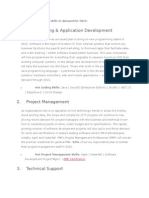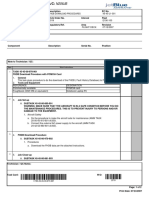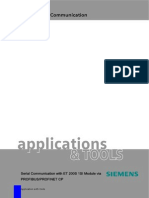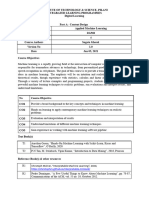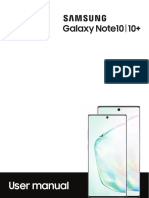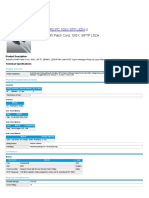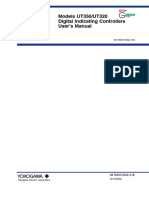0% found this document useful (0 votes)
183 views2 pagesUnit 1: Computer Fundamentals
This document provides an overview of key computer fundamentals concepts including:
1. Classification of computers and their functional components. Types of software such as operating systems, utility software, and application software.
2. Details on common operating systems like Windows, Linux, and mobile OSs. The functions of operating systems including processor management, memory management, file management, and device management.
3. Other computer fundamentals covered include number systems, memory concepts, input/output ports, and microprocessor basics.
Uploaded by
Abhishek DarganCopyright
© © All Rights Reserved
We take content rights seriously. If you suspect this is your content, claim it here.
Available Formats
Download as DOCX, PDF, TXT or read online on Scribd
0% found this document useful (0 votes)
183 views2 pagesUnit 1: Computer Fundamentals
This document provides an overview of key computer fundamentals concepts including:
1. Classification of computers and their functional components. Types of software such as operating systems, utility software, and application software.
2. Details on common operating systems like Windows, Linux, and mobile OSs. The functions of operating systems including processor management, memory management, file management, and device management.
3. Other computer fundamentals covered include number systems, memory concepts, input/output ports, and microprocessor basics.
Uploaded by
Abhishek DarganCopyright
© © All Rights Reserved
We take content rights seriously. If you suspect this is your content, claim it here.
Available Formats
Download as DOCX, PDF, TXT or read online on Scribd
/ 2
